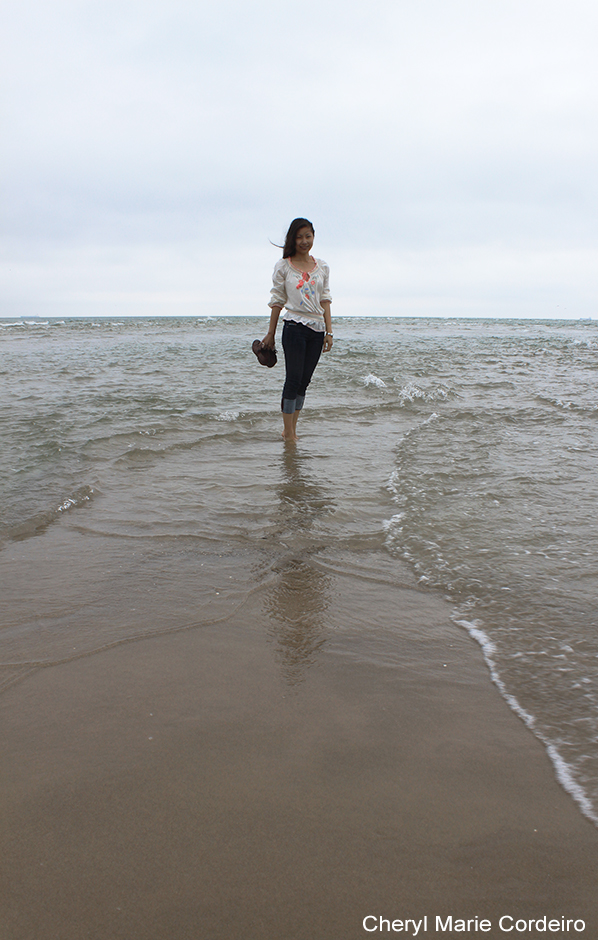At the very, very northernmost point of Denmark is Grenen, the point where the two
seas of Skagerrak and Kattegatt meet. Here you can literary stand with one foot in each sea.
JE Nilsson and CM Cordeiro Nilsson © 2011
In a landscape of muted pastels that continued to appeal even under the grey of the rain clouds hovering above, I felt it was surprisingly heavy and tiring to walk in the shifting sand of the long beach that led up to Grenen. An aspect that might not be immediately apparent when just looking at the famous paintings by Peder Severin Krøyer of the Skagen Painters that have Grenen as a theme, just north of the northernmost fishing village Skagen at the very tip of the Danish peninsula.
Krøyer was probably the most well known of the artists that lived and worked here from the late 1870s until the turn of the century, and it is his paintings too, amongst all Skagen artists, that attract me most. In fact, a reproduction of one of his most famous paintings, Hip Hip Hurra!, of a summer party held in Michael Ancher’s garden in 1884, adorns one of our guest room walls at home. Ancher belonged to Krøyer’s circle of artist friends, though with a different temperament altogether.
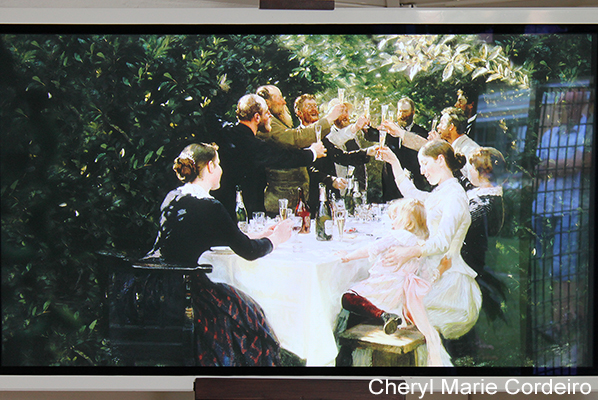
Hip, hip, hurrah! 1888. This painting by Peder Krøyer is rendered in virtual 3D on a huge 70″ screen at the Skagen Museum’s ongoing summer exhibit “Skagen Guld”, that showcases Skagen paintings in private hands.
Enthusiastic and spirited, the story goes that Peder Krøyer arrived at Michael Ancher’s garden the day after the party with arms fully laden with paint and painting equipment, all geared to begin working on capturing the previous evening’s event on canvas. However Ancher had no such vision at all, having moved to Skagen with his wife to get peace and quiet, and tossed Krøyer out of his garden. This mishap led to that this particular painting took four years for Krøyer to paint due to the complications of not being able to paint it in its original setting one might presume. However, after completion it was sold to a Swedish collector and eventually ended up in the Gothenburg Museum of Art. It also stands out as a curiously atypical picture of this group reflecting such an apparent merry mood.
However, somehow the picture feels right at home with us, the fun in its story reflected on canvas, while encompassing at the same time, everything that a Scandinavian summer still is today – chaos, merriness, misunderstandings and all. Just looking at this painting makes you want to call all your neighbours and friends, and throw a smashing garden party with champagne and a huge white linen cloth on the table!
The particular pictures that stand out in a magical light of its own are the later ones that Peder Severin Krøyer’s made, that features his wife Marie, dressed up in long white gowns and walking along the beach, for example in the painting “Summer Evening on the Skagen Southern Beach with Anna Ancher and Marie Kröyer,” from 1893.
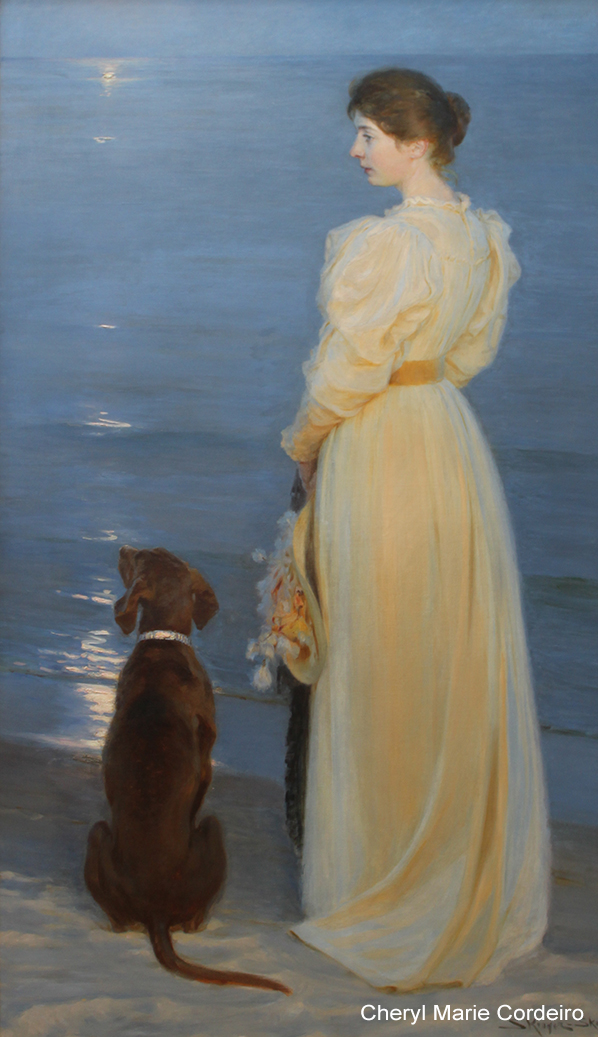
Peter Severin Krøyer: Sommeraften ved Skagen. 1892.
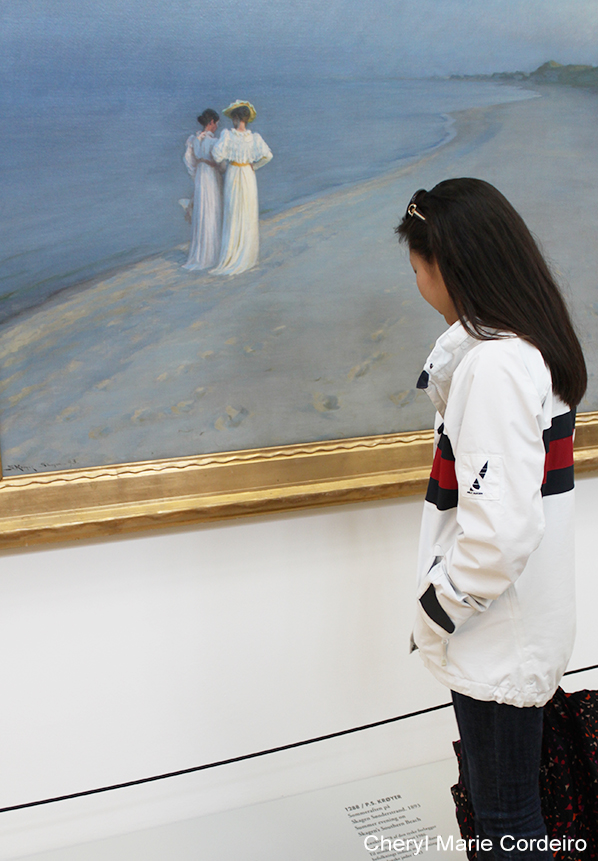
“Summer Evening on the Skagen Southern Beach with Anna Ancher and Marie Kröyer,” from 1893 by Peder Severin Krøyer. The mystery of this piece lies in that there is so much said and unsaid at the same time, where you can feel the tension by just looking at it. This is further emphasized if you have just tried to walk this stretch on this very same beach yourself.
Besides being attracted to the scenery and the quality of light at Skagen, these artists as a group broke away from the Royal Academies whose values were felt to be outdated and stifling, in particular in view of the newly invented photographic camera. As Miró and many other painters of this time, this group of artists was also against paintings intended just for the enjoyment of the rich. Art had an important role, they felt, to show what life looked like for the common man with their hard life, poverty, sicknesses and the dangers met with during their everyday work on the sea.
But this was in the early days of the social awareness and all was not blood and toil. Far from, I would say. Some paintings such as the Hip Hip Hurrah! showed social events and a quite large number of them was located with the local Brøndum Restaurant as a focal point.
Since Skagen was the largest fishing community in Denmark, the local fishermen were also by far the most common subjects, both in portraits and modeling for serious subject paintings. The Skagen Guld summer of 2011 exhibition had some truly appealing works when it came to local subjects of fishermen at work.
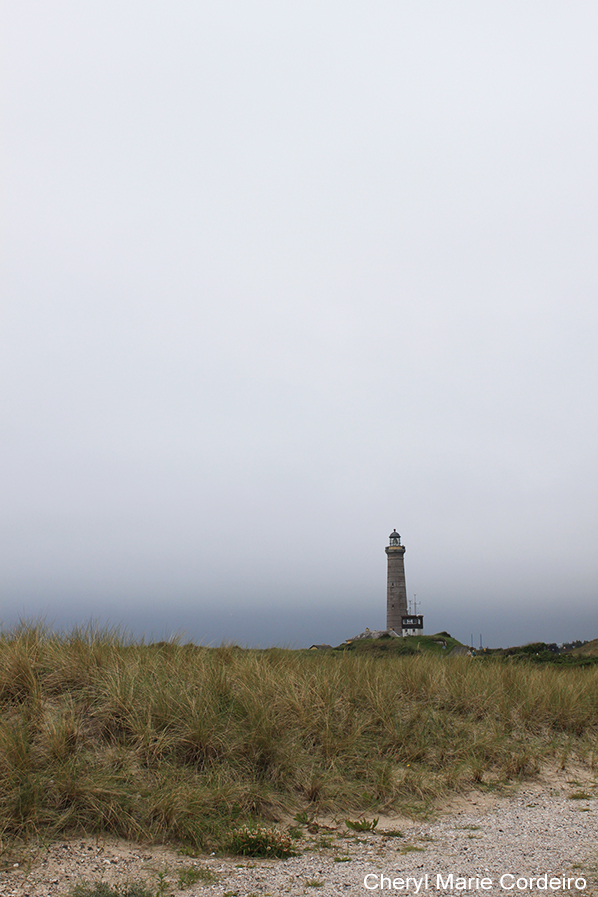
A dramatic lighthouse marks the landscape sculpted with the help of breakwaters that are used to prolific desertification.
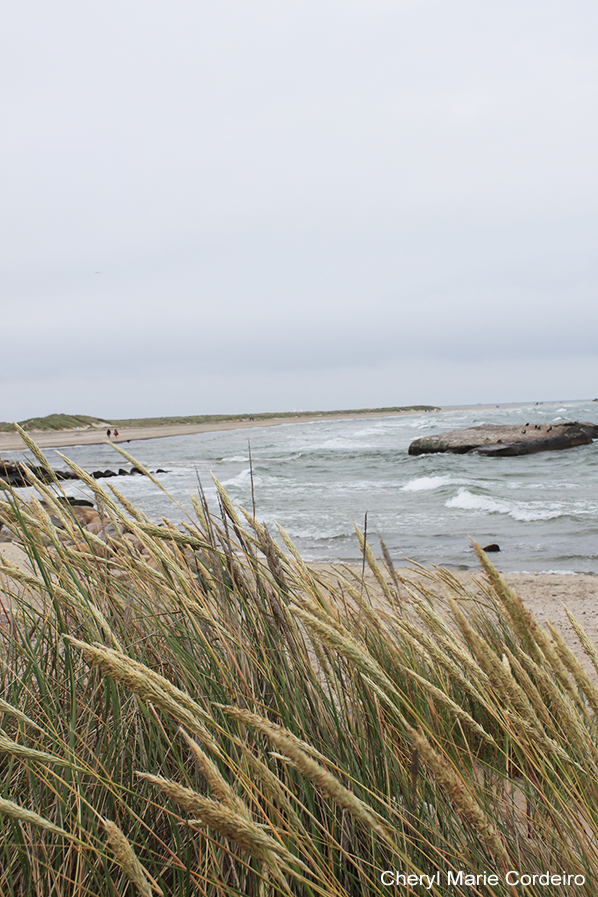
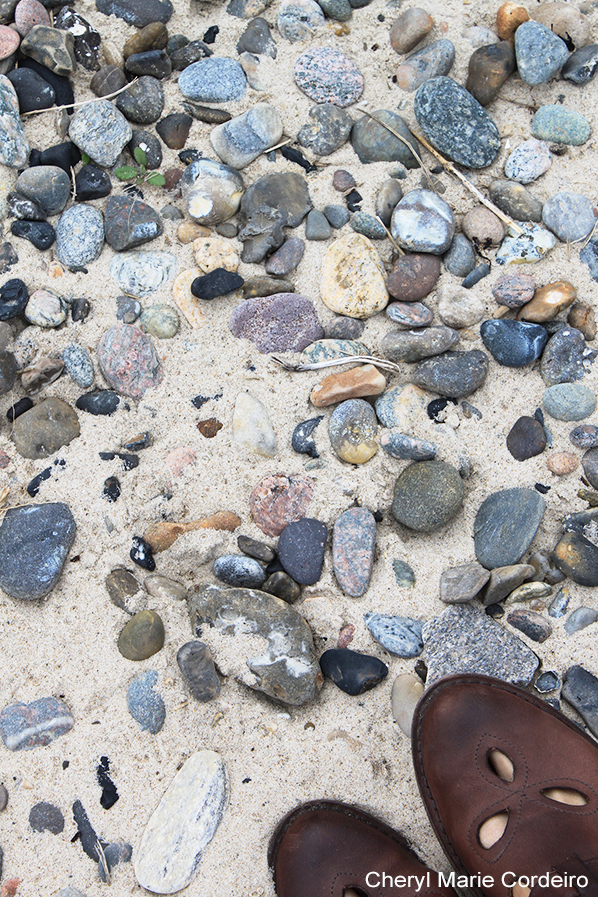
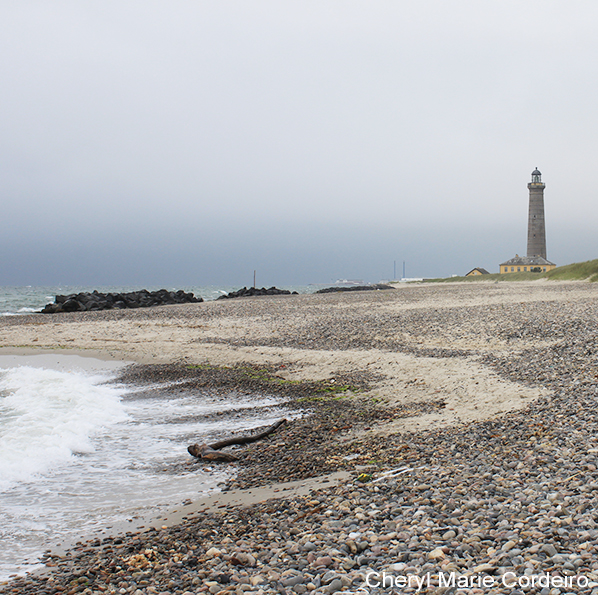
Skagen’s long beaches were often featured in the group’s paintings.
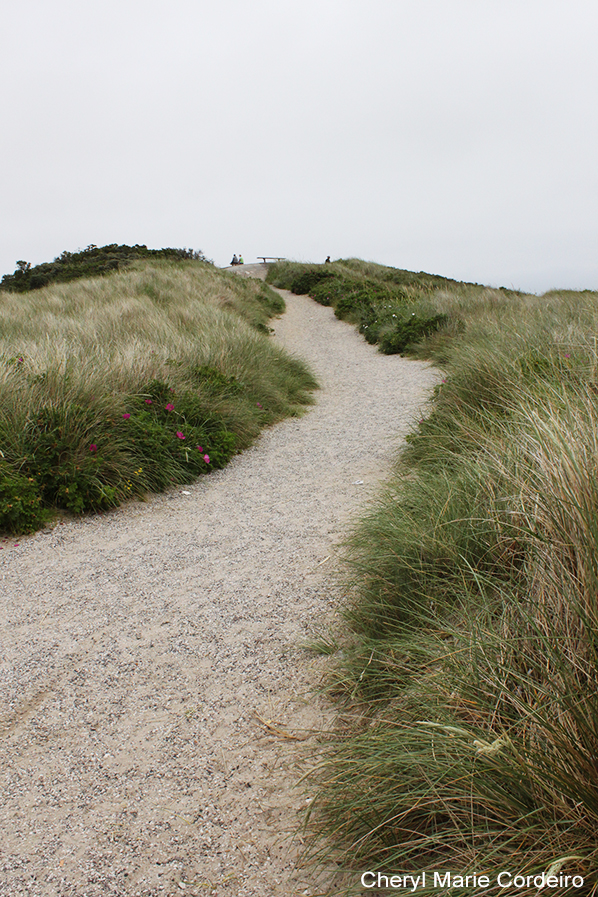
Sandy beaches and long stretches of sandy paths are still present in abundance. You can easily feel as moved right back in time, into the 19th century, straight into one of the Skagen paintings.
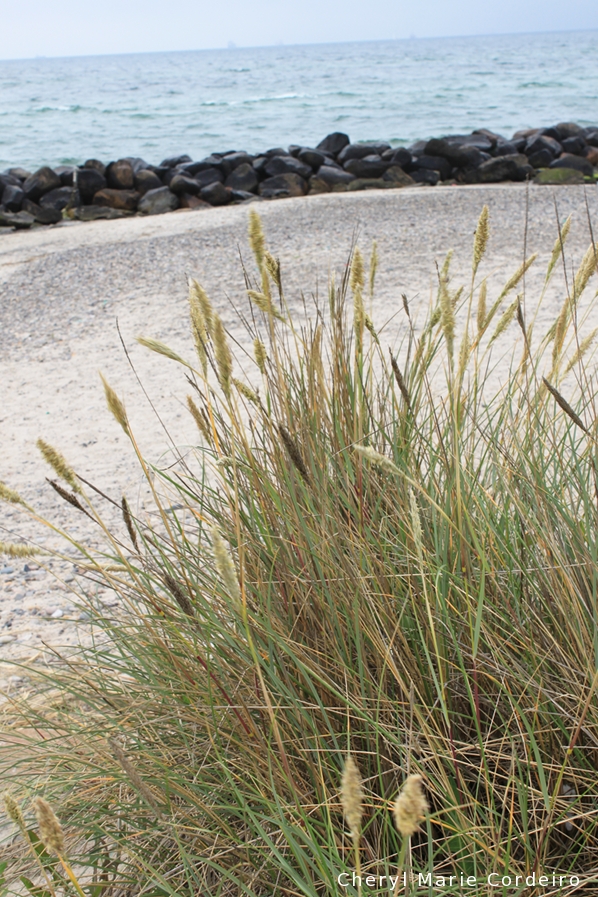
Skagen is known to be picturesque, the landscape blanketed by soft light
And if the artists of Skagen and their works are what draws you to the place, then the Skagen Museum is a good place to visit since it has long housed and showcased the works of the Skagen artists, some of whom even had their studios there.
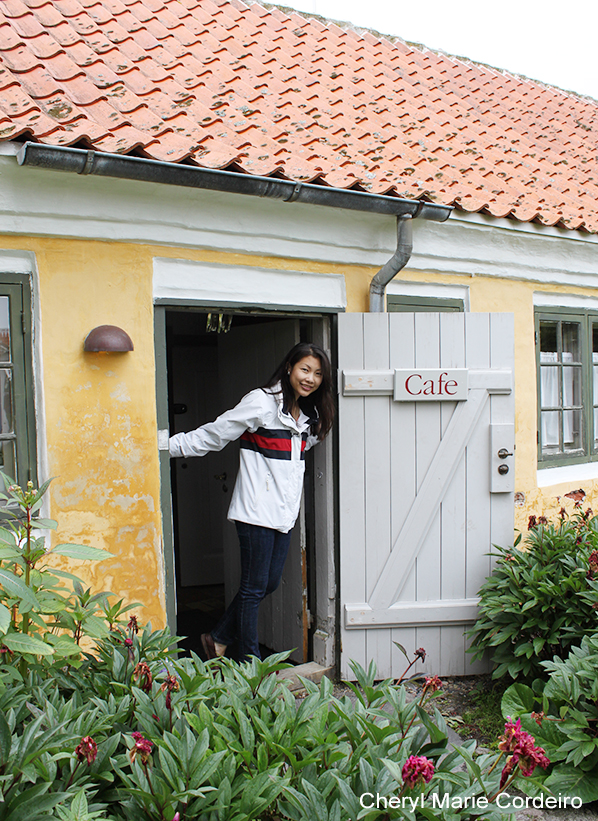
At the Garden House, Havehuset, one of Skagen’s oldest houses, first mentioned in 1801.
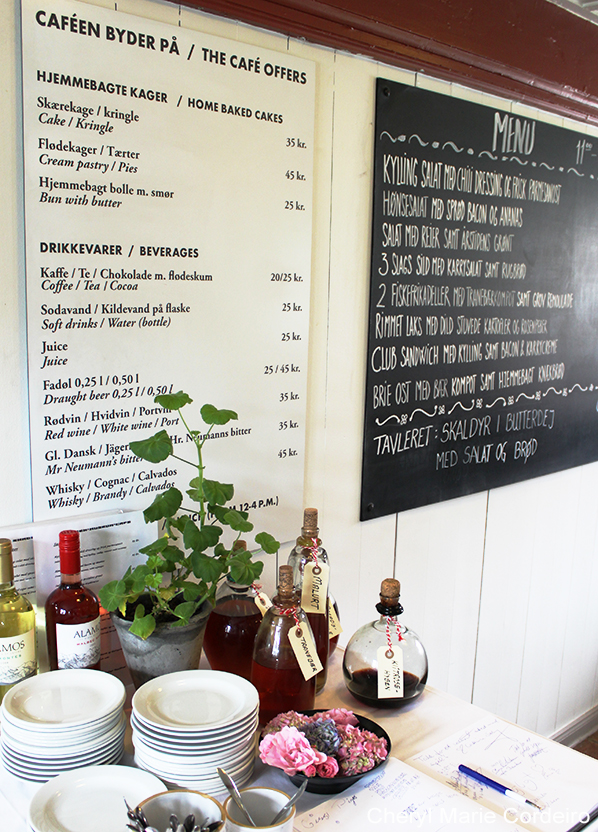
This Garden House has characteristic old architecture in that the roof was built low, and the rooms fairly small, in order to keep heat in the house during the winters. Today, it functions as a café for guests, with a choice of indoor or outdoor seating during the summer.
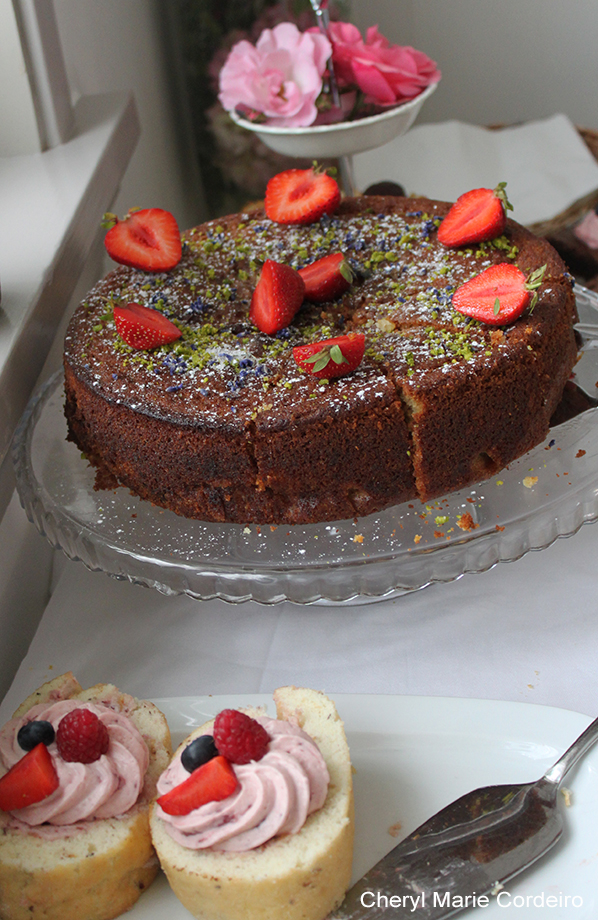
Tea table at the café, where they serve Swiss rolls in Nordic style, the cake laid as a base, topped with whipped cream and berries!
The contrast in atmosphere outdoors, with a cup of hot chocolate in hand, relatively carefree in visiting the museum, to some of the stormy and intense portrayal of the lives of fishermen, left me somewhat winded. It was difficult for me to reconcile what was ‘now’ to what was ‘then’ for many paintings seemed to transcend time or made time immaterial. In that sense, I found respite in sitting and enjoying the grey of the day at the Café feeling basically, safe.
